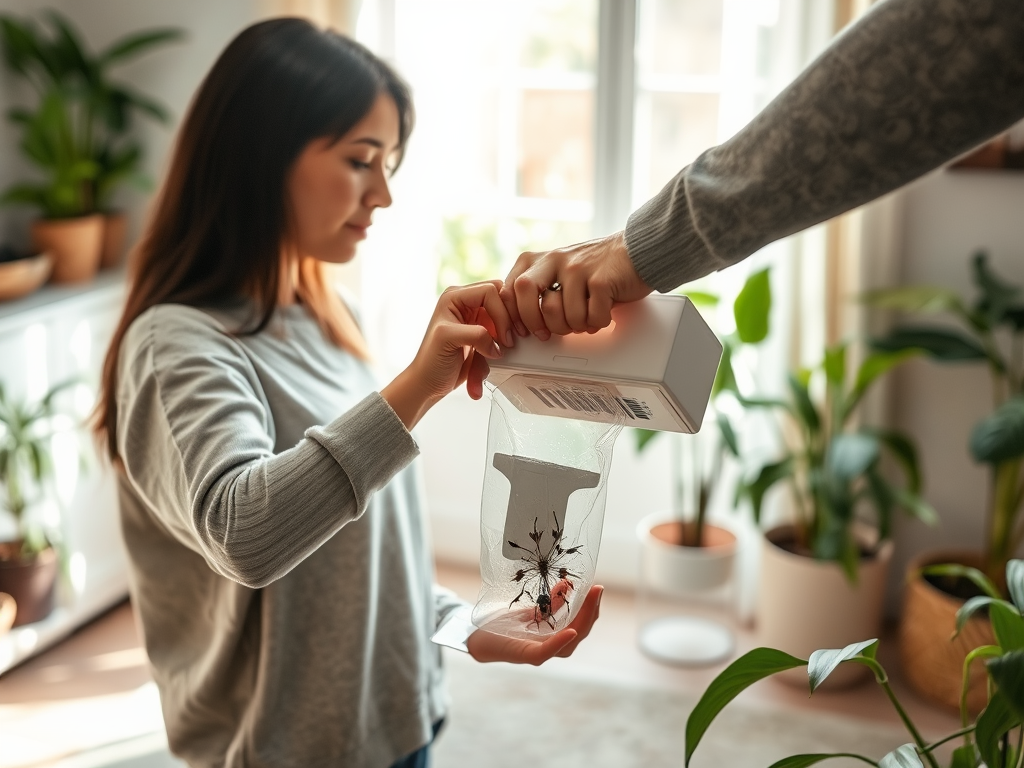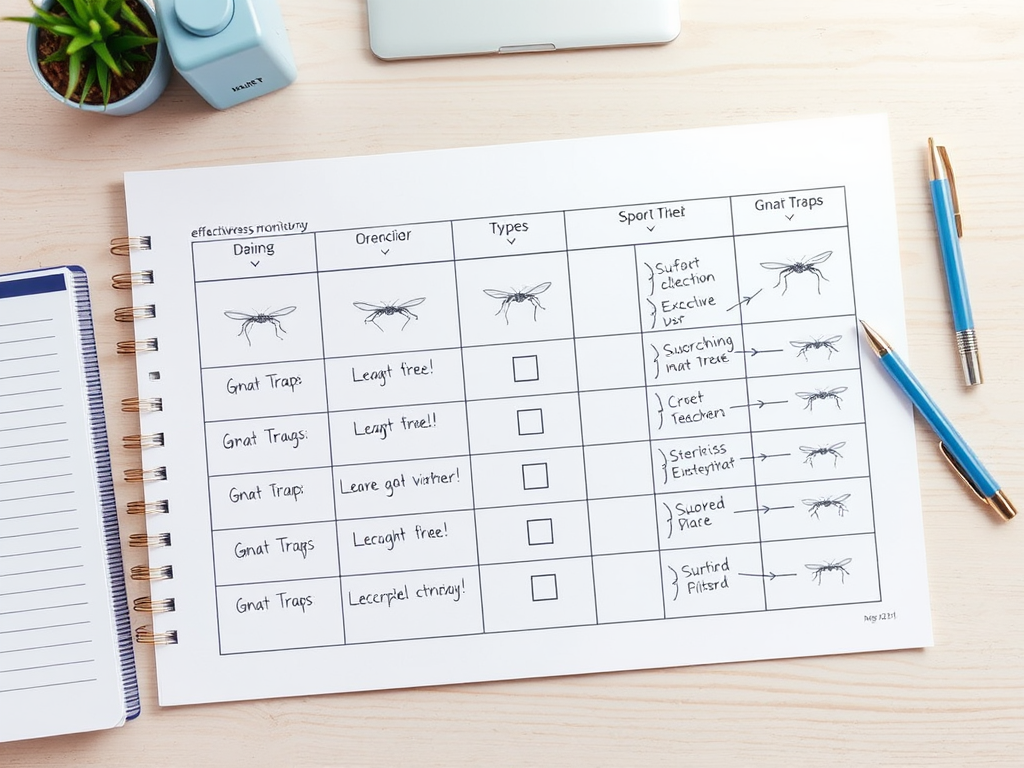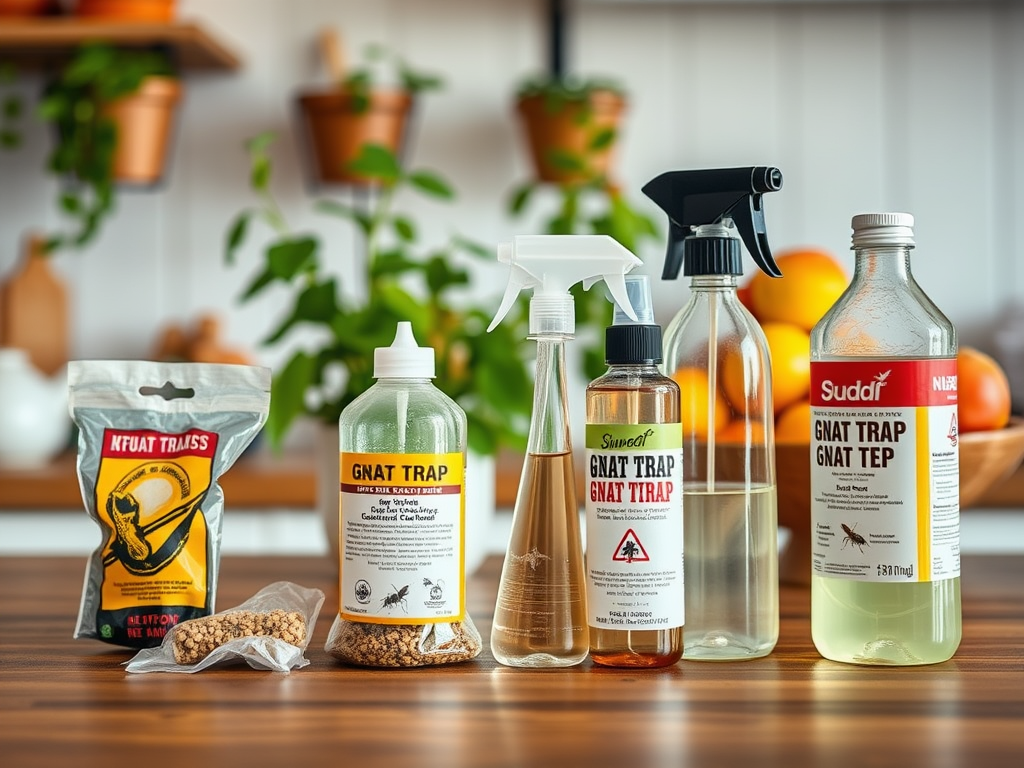Gnat traps are often seen as the first line of defense against those tiny, persistent insects that seem to invade our spaces uninvited. Their ease of use and relatively low cost make them a popular choice among homeowners and gardeners alike. However, their effectiveness can be drastically reduced by common mistakes that many people make. In this article, we will delve into the five most frequent pitfalls to avoid when utilizing gnat traps, ensuring that you get the most out of your gnat-fighting efforts. Understanding these mistakes not only helps improve trap performance but also contributes to a larger strategy for pest management.
Understanding Gnat Traps

Before diving into the common mistakes, it’s essential to understand what gnat traps are and how they work. Gnat traps function by drawing in these pesky insects through scents or visual cues, usually leading to their demise. For effective management, different traps target various types of gnats, including fruit flies and fungus gnats. Using the right trap in conjunction with others can provide comprehensive control. The success of a trap largely depends on factors such as placement, maintenance, and the type of gnat being targeted. By knowing how gnat traps operate, you’ll be better equipped to use them wisely.
Mistake: Choosing the Wrong Type of Gnat Trap

One of the principal mistakes made is opting for the wrong type of gnat trap. Each trap is designed for specific types of gnats, and recognizing the differences is vital. When you select a trap that doesn’t match the species, you risk wasting time and resources. The efficacy of gnat traps can be affected by several factors, including:
- Type of Gnat: Identify which gnat type is causing the problem — fruit flies, fungus gnats, or others.
- Environment: Consider whether your traps will be used indoors or outdoors, as they serve different purposes.
- Attraction Methods: Different traps utilize different attractants, such as light or specific scents; choose wisely based on the gnat species.
Doing a little homework on the specific type of gnat in your situation will ensure that you select the most effective trap. This careful selection process can drastically increase the potential for catching unwanted insects and restoring a peaceful environment.
Mistake: Poor Placement of Traps
Another common error is placing traps in suboptimal locations. This mistake often diminishes their effectiveness and prolongs your gnat problem. Many people will set traps without consideration of the gnat’s behavior, leading to reduced catch rates. Proper placement can significantly increase success, and some factors to consider include:
- High Traffic Areas: Place traps in spots where gnats are likely to gather, such as close to fruit bowls or drainages.
- Competing Scents: Avoid setting traps near strong odors (like foods or perfumes) that can distract gnats from the traps.
- Height and Angle: Positioning your traps at the right height can make a difference; eye-level settings often yield better results.
Mistake: Ignoring Maintenance
Overlooking the maintenance of gnat traps leads to decreased effectiveness. While people often become optimistic about their traps, they sometimes forget that traps need attention. Regular upkeep will help maintain their attractant properties and ensure that they remain working effectively. Key maintenance practices include:
| Maintenance Task | Frequency | Importance |
|---|---|---|
| Checking Water Levels (if applicable) | Weekly | Prevents drying out |
| Replacing Sticky Traps | Every 2-4 weeks | Maintains catch effectiveness |
| Cleaning Surrounding Areas | Bi-weekly | Reduces new gnat attraction |
Mistake: Over-Reliance on Traps
Many individuals make the mistake of solely relying on gnat traps without considering comprehensive strategies for pest control. While traps can certainly mitigate the gnat population, they should be part of a broader pest management plan. To truly eliminate gnats from your space, it’s crucial to adopt additional prevention measures. Strategies should include:
- Identify Breeding Grounds: Gnats frequently reproduce in damp places; checking your home for excess moisture can help stop them in their tracks.
- Implement Cultural Controls: Dispose of overripe fruits and ensure proper waste management to limit food sources for gnats.
- Utilize Multiple Trap Types: Combining different types of traps can enhance your likelihood of capture significantly.
Mistake: Not Monitoring Trap Effectiveness
Monitoring the effectiveness of your traps is crucial, yet it is often overlooked. By failing to assess traps regularly, individuals can find themselves caught in a cycle of annoyance. After setting traps, it is essential to observe how many gnats are being caught and make adjustments accordingly. Use a tracking method such as a simple chart, noting:
- Types of traps used
- Number of gnats caught each week
- Changes in gnat presence or behavior
Conclusion
By steering clear of these common mistakes, you’ll find greater success in using gnat traps effectively. It’s essential to choose the right type, place them properly, and maintain them regularly. Complementing traps with a comprehensive management strategy is key to eliminating these nuisances. Remember to monitor your traps and adapt as necessary. In doing so, you’re not just fighting a temporary battle; you’re claiming back your space.
Frequently Asked Questions
- What types of gnat traps are available? Sticky traps, liquid traps, and electric traps are common options.
- How often should I replace gnat traps? Replace them every few weeks or as they become full.
- Can I make my own gnat traps? Yes, homemade traps using vinegar and dish soap can be effective for catching gnats.
- Are gnat traps safe for pets and children? Most commercial gnat traps are safe, but always check labels for specific safety information.
- What should I do if my gnat problem persists after using traps? Consider consulting a pest control professional or reassessing your environment to eliminate breeding sources.
